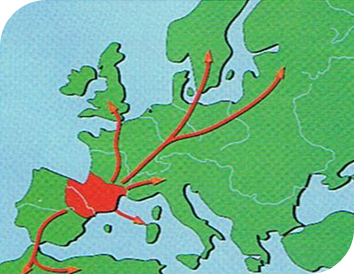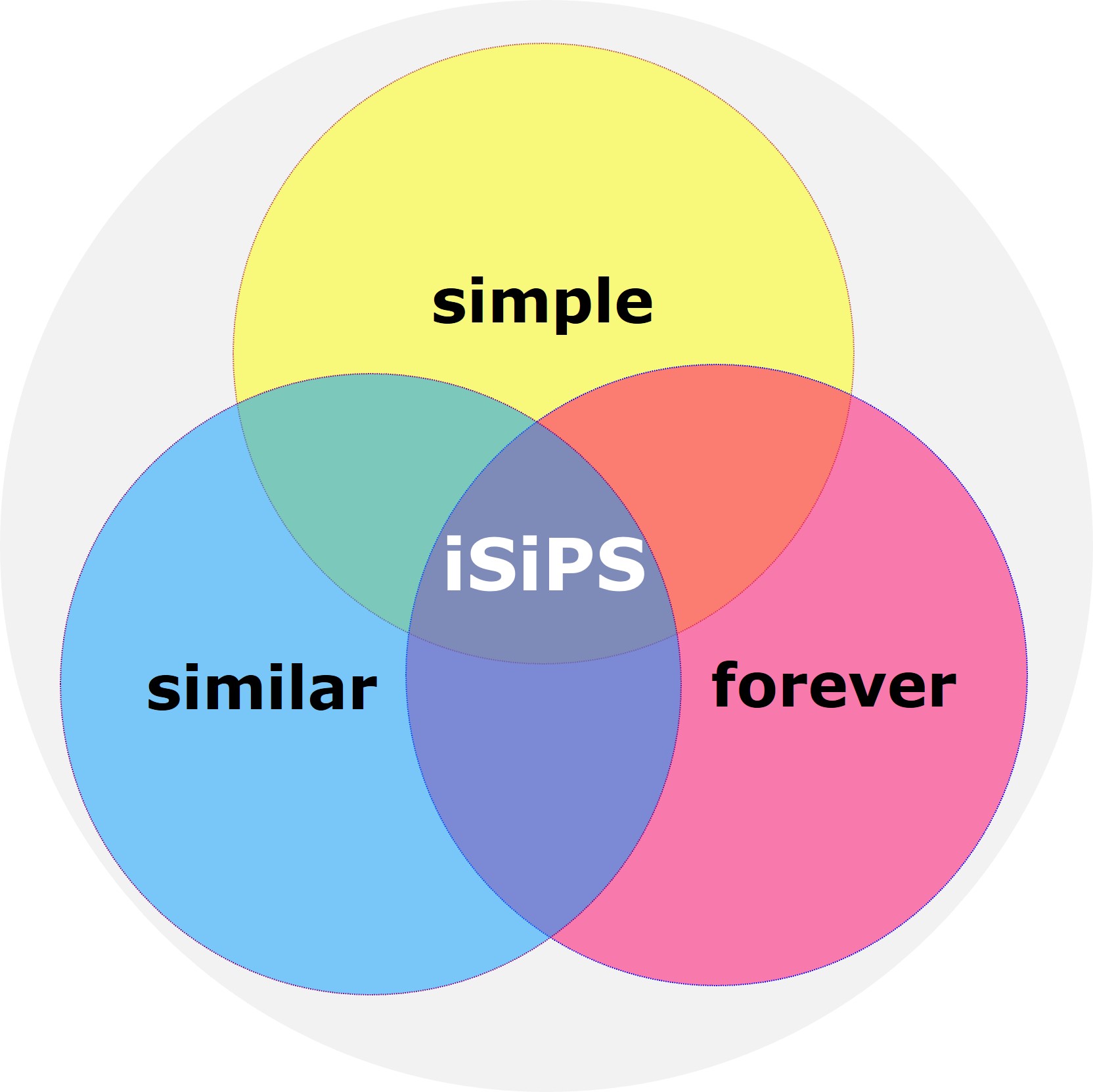IRG
Iberian Rommany Glossary
Welcome to this unique, grounbreaking piece of research connected with the scientific study of language, i.e., linguistics!

We align ourselves with the postulate that ancient Iberian Rommany could have probably been the rational mankind’s first language.
Therefore, several Iberian Rommany primary etyma would be remaining relics of the rational mankind’s first language.
Several Iberian Rommany primary etyma, e.g. chanisperó ‘spirit’, anaraniá ‘Amen; so be it/certain’, bichola ‘likeness’, presimelo ‘beginning’,… are of paramount linguistic importance because each one of them is that higher synthesis of unity and multiplicity itself, through which One is in All and All is in One. This impressive unique quality of theirs provides evidence/information that would support the statement that they would be remaninig relics of the rational mankind’s first language.
“Centripetal force is the synthetic endeavour ─ centrifugal force the analytical endeavour of the spirit ─ endeavour towards unity ─ endeavour towards multiplicity ─ through mutual determination of both through each other ─ that higher synthesis of unity and manifoldness itself is brought about ─ through which One is in All and All is in One.”
─ Novalis (1772-1801) ─
“Zentripetalkraft ist das synthetische Bestreben ─ Zentrifugalkraft das analytische Bestreben des Geistes ─ Streben nach Einheit ─ Streben nach Mannigfaltigkeit ─ durch wechselseitige Bestimmung beider durcheinander -─ wird jene höhere Synthesis der Einheit und Mannigfaltigkeit selbst hervorgebracht ─ durch die Eins in Allem und Alles in Einem ist.”
Basic glossary of Iberian Rommany terms, with helpful comments on them:
- A
- anaraniá/anariana ‘Amen; so be it, certain’.
- very important etymon from which analogy and energy arise, that is, the analogy¦energy unity (Æi) of entities and species. From it ariise and derive important nouns, such as Maria, Ann, German Arznei ‘analogy¦energy unit’,…, Sanskrit nara ‘man’, Quechua runa ‘man’,… It also gives rise to verbs of motion such as Catalan anar or Spanish ir ‘to go’.
- azimache ‘sign’
- anaraniá/anariana ‘Amen; so be it, certain’.
- B
- bedar/bedelar ‘to teach’
- bichola ‘likeness, similitude’
- bucaintú ‘captain’
- C
- caló ‘a Gypsy, a black’
- can ‘sun’ , o can ‘the sun’
- many topographic names carry the root can-, as such (Cantabria, Cannes, Canterbury, Cambridge, Canary Islands, Canaan, Canada, Arkansas, Kansas, Michoacán, Cancun, Camerun, Canton [Guangzhou], Camberra,…), or dissimilated as ken. kin, kon: Kensington, Kent, Kentucky, Kenya, Congo, Kinshasa, Hong-Kong,…
- chachipen ‘truth’, literally ‘true tongue’.
- chanelar ‘to know’
- chanisperó ‘spirit’
- chistelar ‘to begin’
- chocoronó ‘a remedy’ [> Greek akos, panakos ‘panacea’; succour, SOS]
- D
- debel ‘God’
This independent website, as well as this Page, is in progress…
This Page will be completed progressively, step by step.
Thank you very much for your interest, support and understanding!
Simple · Forever · Similar
for the sake of efficiency
Providing information and knowledge about inherent simpleness in the principle of similitude (iSiPS), the solid foundation of rational mankind’s first language.
foundation: a principle, an idea or a fact that something is based on and that it grows from.
Awareness · Education · Empowerment
